The mystery of the cent that should not have existed is revealed
Ten years ago, the mystery of funny money fell into the hands of scientists and students at the Pontifical Catholic University of Peru in Lima. The institution acquired 19th and 20th century Peruvian coins from dealers. But one coin, a 10-cent coin known as a dinero, stood out: It was inscribed with “1899.” The problem was that official reports indicated that no coins of this denomination were minted in Peru that year, so it could not exist.
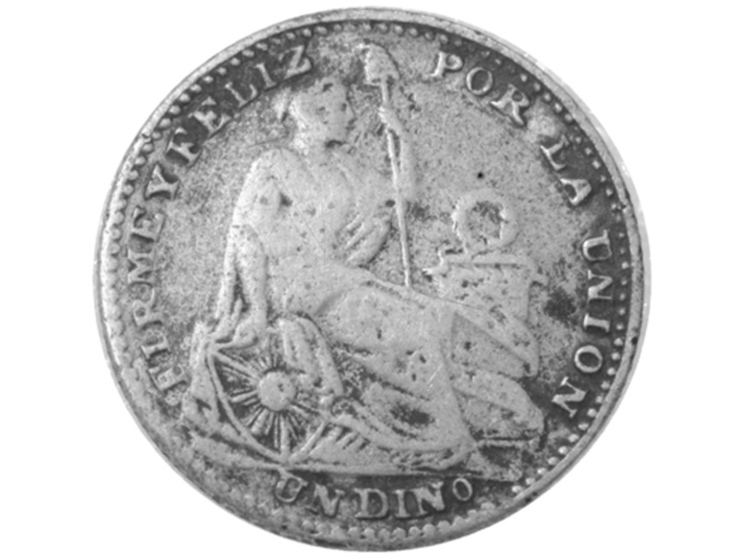 < span class="article__picture-author" itemprop="author">Photo: Social networks
< span class="article__picture-author" itemprop="author">Photo: Social networks
Chemist Luis Ortega, who solved the mystery of the coin, said that most international catalogs do not indicate “1899 dinero” . He clarified that in the rare cases where references to the denomination appear on the pages, they are often marked as “fake” without any additional details.
The expert believes that a decade later, he and his colleagues have shed new light on the mystery of the coin that appeared out of nowhere. In a paper published in the journal Heritage Science, they described its possible origins and the role it may have played during a volatile era in South American history.
A series of tests that subjected the 1899 coin to X-rays and measurements of the light it emitted determined that the dinero was composed primarily of copper, zinc and nickel. This alloy is known as cupronickel. It is commonly used to make silverware and decorative items and has a silvery appearance but does not contain silver. According to scientists, authentic dineros produced by the Lima Mint are approximately 90 percent silver.
Ortega and colleagues also found that the 1899 dineros contained traces of iron, cobalt and lead. These impurities indicate that the coin was counterfeited a long time ago. Such impurities are typical for older alloys due to the technological limitations of that time.
“The presence of impurities, combined with worn edges of the coin, suggests that it was made in the 19th or 20th centuries,” the researchers concluded. But given that this type of metal alloy was not used in Peru at the time, scientists believe this coin was created abroad. They concluded that the manufacturer of the counterfeit was completely unaware that dinero was not officially minted in 1899.
“The counterfeiter probably did not understand that this coin did not exist,” the expert emphasized. He said the influx of low-value coins was welcomed in Peru at the dawn of the 20th century. The country's economy was faltering after conflicts in the Pacific, and the government focused on printing higher denomination paper notes to repay international loans. As a result, Peruvians used coins from neighboring countries or even cut their own country's coins in half to conduct small transactions.
“Dineros were low-denomination coins that were used by ordinary people. Studying this coin and the economic and political situation that prompted its creation can be helpful. If you want to study our society, you shouldn't look at a Ferrari, says Laura Perucetti, an archaeometallurgist at the British Museum, “think about a Volkswagen or a Ford.”
Luis Ortega is not done studying counterfeit coins, as The New reports York Times. He plans to meet with a collector in Lima who has coins minted from the 1830s to the 1960s. There's already another 1899 dinero in the collection, and he's looking for more.
“There must be several,” Ortega said.


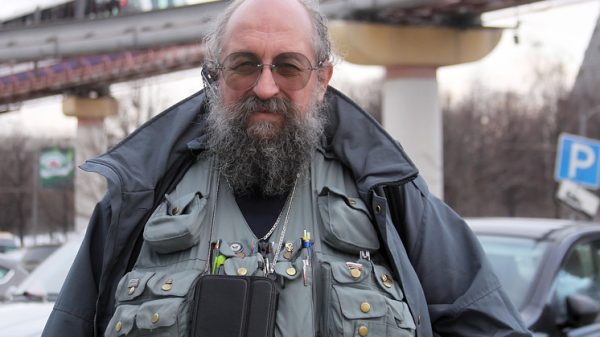





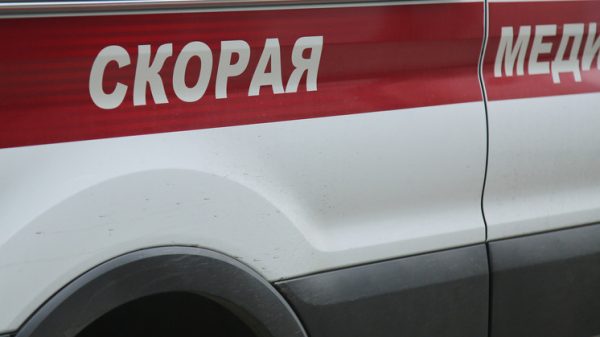

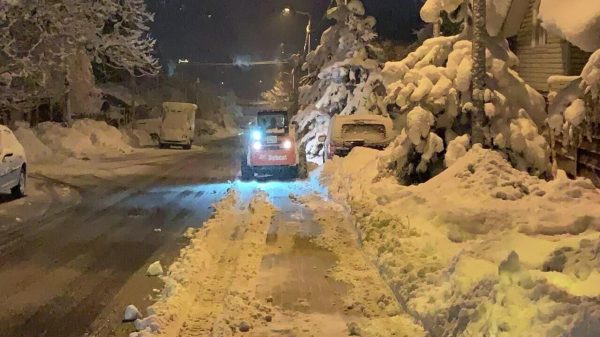


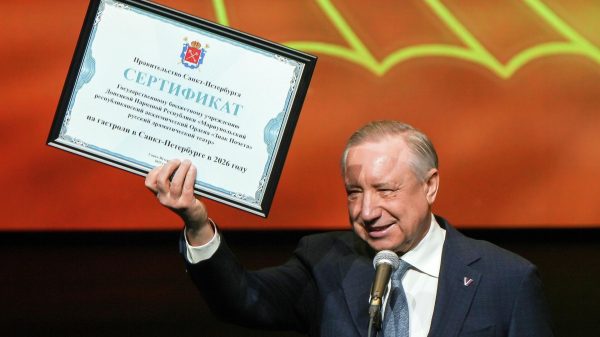




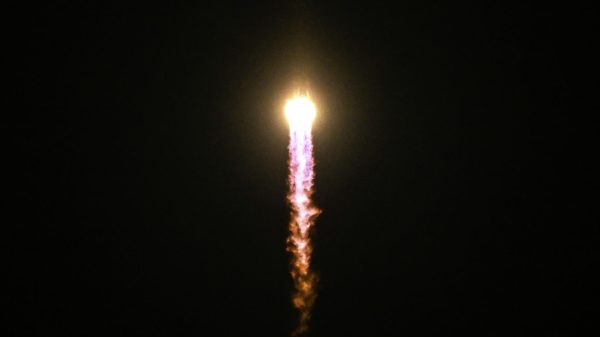

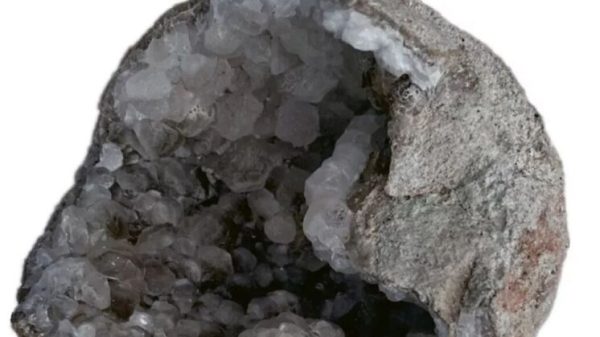



















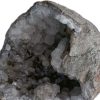













Свежие комментарии